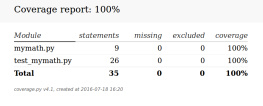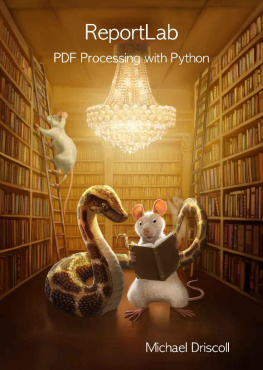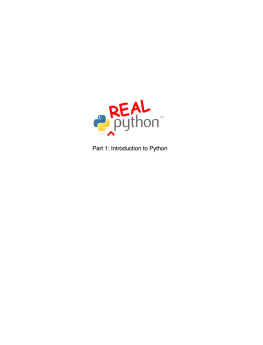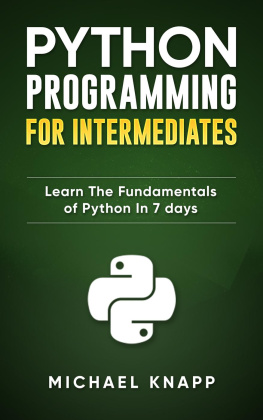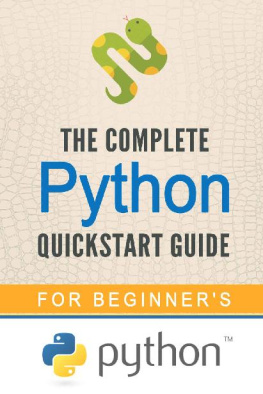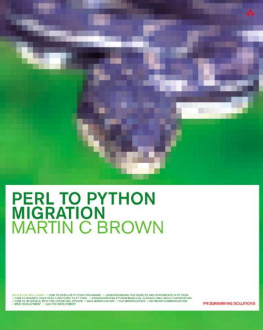Michael Driscoll - Python 201: Intermediate Python
Here you can read online Michael Driscoll - Python 201: Intermediate Python full text of the book (entire story) in english for free. Download pdf and epub, get meaning, cover and reviews about this ebook. year: 2016, publisher: leanpub, genre: Computer. Description of the work, (preface) as well as reviews are available. Best literature library LitArk.com created for fans of good reading and offers a wide selection of genres:
Romance novel
Science fiction
Adventure
Detective
Science
History
Home and family
Prose
Art
Politics
Computer
Non-fiction
Religion
Business
Children
Humor
Choose a favorite category and find really read worthwhile books. Enjoy immersion in the world of imagination, feel the emotions of the characters or learn something new for yourself, make an fascinating discovery.
- Book:Python 201: Intermediate Python
- Author:
- Publisher:leanpub
- Genre:
- Year:2016
- Rating:5 / 5
- Favourites:Add to favourites
- Your mark:
- 100
- 1
- 2
- 3
- 4
- 5
Python 201: Intermediate Python: summary, description and annotation
We offer to read an annotation, description, summary or preface (depends on what the author of the book "Python 201: Intermediate Python" wrote himself). If you haven't found the necessary information about the book — write in the comments, we will try to find it.
Python 201: Intermediate Python — read online for free the complete book (whole text) full work
Below is the text of the book, divided by pages. System saving the place of the last page read, allows you to conveniently read the book "Python 201: Intermediate Python" online for free, without having to search again every time where you left off. Put a bookmark, and you can go to the page where you finished reading at any time.
Font size:
Interval:
Bookmark:
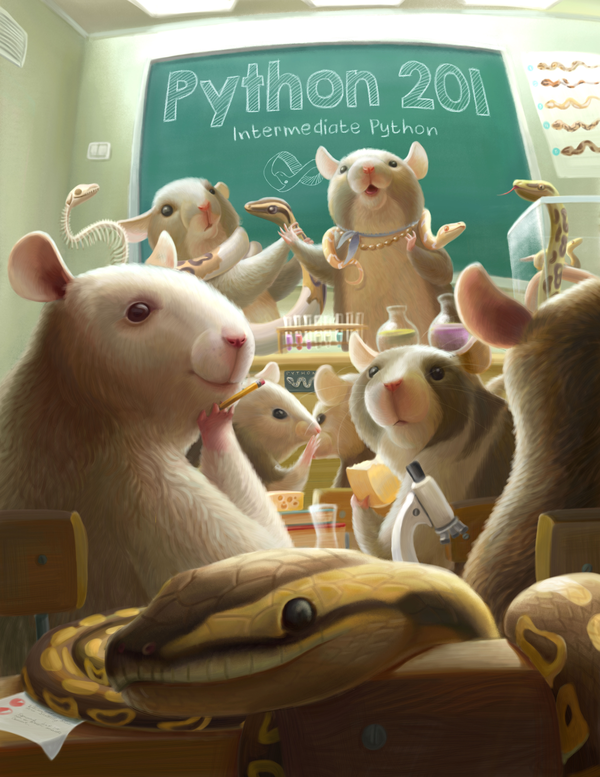
This book is for sale at http://leanpub.com/python201
This version was published on 2016-10-17
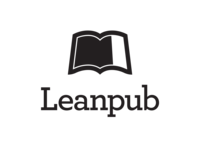
* * * * *
This is a Leanpub book. Leanpub empowers authors and publishers with the Lean Publishing process. Lean Publishing is the act of publishing an in-progress ebook using lightweight tools and many iterations to get reader feedback, pivot until you have the right book and build traction once you do.
* * * * *
Welcome to Python 201! This book is a sequel to my first book, Python101. I wrote this book to help take you to the next level in yourprogramming journey. It will also demonstrate to you some of the manyways you can use Python in your day-to-day work. I will be coveringintermediate and some advanced level material in this book. This book isusing Python 3 in all of its examples. Some of the topics covered willonly work in Python 3 as some of the modules covered contain updatesthat were not back-ported to Python 2. Also note that this book willfollow in the footsteps of my first work in that I wont be covering thetopics in minute detail, but just enough to allow you to start usingthese building blocks yourself.
Python 201 will be split into four parts:
- Part one will cover intermediate modules
- Part two will be on a variety of topics, such as unicode,generators and iterators
- Part three will cover web related tasks with Python (but notweb frameworks)
- Part four is going to cover testing code
Let me spend a few moments explaining what each part has to offer. Inpart one, we will cover the following intermediate modules and topics:
- argparse (Parsing command line arguments)
- collections (Replacements for Pythons standard containers, suchas tuple, list and dict)
- contextlib (Context Managers)
- functools (Partials, function overloading, etc)
- importing and importlib
- iterators and generators
- itertools (Creating your own iterators)
- Regular Expressions
- Type Hinting
In Part two, we will be learning what generators and iterators are aswell as how they work. Well also be looking at some of Pythons specialfunctions, like map and filter. There will be a section onUnicode, encoding and decoding strings, benchmarking and more in thissection.
Part three will cover working with websites in Python. Well look at howto browse a website with Python and scrape some data. We will work withvarious Python APIs to access major websites. We will use Python tocreate a client and a server. Finally well play around with PythonsFTP capabilities.
Part four is all about testing your code. We will look at Pythonsdoctest, unittest and mock modules. Well also learn about some 3rdparty packages that you can use for testing, such as tox, nose andpytest.
Please note that the chapters and sections may not all be the samelength. While every topic will be covered well, not every topic willrequire the same page count.
You may be wondering about who I am and why I might be knowledgeableenough about Python to write about it, so I thought Id give you alittle information about myself. I started programming in Python in theSpring of 2006 for a job. My first assignment was to port Windows loginscripts from Kixtart to Python. My second project was to port VBA code(basically a GUI on top of Microsoft Office products) to Python, whichis how I first got started in wxPython. Ive been using Python eversince, doing a variation of backend programming and desktop front enduser interfaces.
I realized that one way for me to remember how to do certain things inPython was to write about them and thats how my Python blog came about:http://www.blog.pythonlibrary.org/. As I wrote, I would receivefeedback from my readers and I ended up expanding the blog to includetips, tutorials, Python news, and Python book reviews. I work regularlywith Packt Publishing as a technical reviewer, which means that I get totry to check for errors in the books before theyre published. I alsohave written for the Developer Zone (DZone) and i-programmer websites aswell as the Python Software Foundation. In November 2013, DZonepublished The Essential Core Python Cheat Sheet that I co-authored.I have also self-published Python 101, which came out in June 2014.
As with most technical books, this one includes a few conventions thatyou need to be aware of. New topics and terminology will be in bold.You will also see some examples that look like the following:
1 >>> myString = "Welcome to Python!"The >>> is a Python prompt symbol. You will see this in thePython interpreter and in IDLE. Other code examples will beshown in a similar manner, but without the >>>.
You will need a working Python 3 installation. Most Linux and Macmachines come with Python already installed, however they might not havePython 3 as their default. If you happen to find yourself withoutPython, you can go download a copy fromhttp://python.org/download/. There areup-to-date installation instructions on their website, so I wontinclude any installation instructions in this book. Any additionalrequirements will be explained later on in the book.
I welcome feedback about my writings. If youd like to let me know whatyou thought of the book, you can send comments to the following address:
I try my best not to publish errors in my writings, but it happens fromtime to time. If you happen to see an error in this book, feel free tolet me know by emailing me at the following:
Now lets get started!
Welcome to part I. In this section of the book, we will be looking at asampling of some of Pythons intermediate level modules and concepts.There are two big topics that will be covered plus eight chaptersdevoted to specific modules from the Python Standard Library. For thefirst topical chapter, you will learn about how iterators and generatorswork and what the differences are between the two of them. In thesecond, you will learn all about how Pythons importing system works.
Heres a more specific run-down of whats covered in this section:
- Chapter 1 - The argparse module
- Chapter 2 - The collections module
- Chapter 3 - The contextlib module (Context Managers)
- Chapter 4 - The functools module (Function overloading,caching, etc)
- Chapter 5 - All about imports
- Chapter 6 - The importlib module
- Chapter 7 - Iterators and Generators
- Chapter 8 - The itertools module
- Chapter 9 - The re module (An Intro to Regex in Python)
- Chapter 10 - The typing module (Type Hinting)
Lets get started!
Have you ever wondered how to process command line arguments in Python?Yeah, theres a module for that. Its called argparse, which is areplacement for optparse. In this article, well be taking a whirlwindtour of this helpful module. Lets start with something simple!
Font size:
Interval:
Bookmark:
Similar books «Python 201: Intermediate Python»
Look at similar books to Python 201: Intermediate Python. We have selected literature similar in name and meaning in the hope of providing readers with more options to find new, interesting, not yet read works.
Discussion, reviews of the book Python 201: Intermediate Python and just readers' own opinions. Leave your comments, write what you think about the work, its meaning or the main characters. Specify what exactly you liked and what you didn't like, and why you think so.

